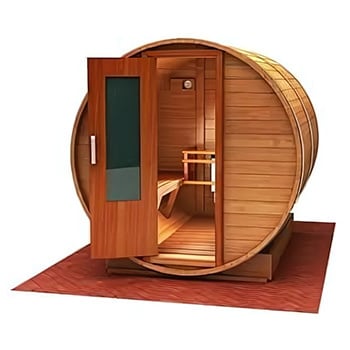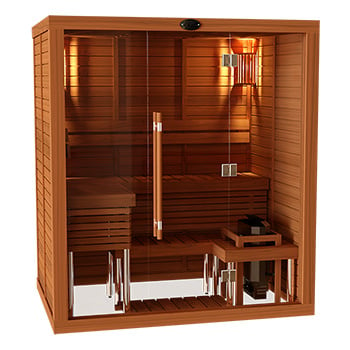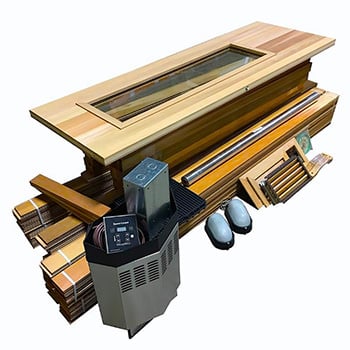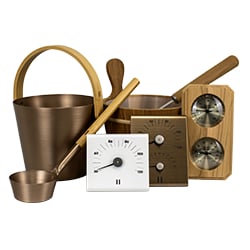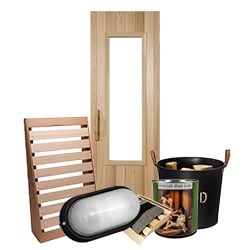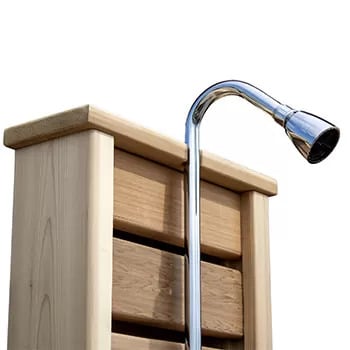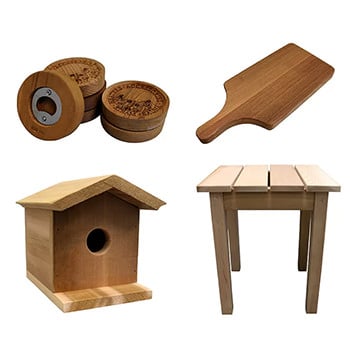he ancient art of sauna bathing always has water added to the rocks. In fact, there is even a special name given for the steam created by water on a sauna stove: “Loyly” is the Finnish word describing the steam caused when sprinkling water on a sauna stove.
So, where does the term “Dry” come from? Some hotels and other commercial saunas may have signs saying it is a “dry saunas” some may even go as far as displaying signs with shock hazards if water is poured on the rocks. This is false as all sauna heaters if wired by a proper electrician are built to have water poured on the rocks. So why the warning signs? The reason is that overuse of water on a sauna heater may shorten the life of the heater elements over time. In an environment where the sauna is being heavily used, it is the owner that may deem that no water is added to the rocks, thus a “dry sauna”. The other reason is that pouring water on hot rocks causes an immediate burst of hot steam. This can be a liability issue for commercial sauna owners if inexperience bathers such as children are pouring the water on the rocks.
So, the term “wet” and “dry” ultimately describes the bather or the owner’s preference. Some bathers like the instant increase in perceived temperature that happens when water flashes to steam as it is poured on the rocks. The increase in humidity in the sauna room often brings on perspiration earlier. However, others like a dry heat with little or no humidity in the air. This is done by simply not adding water to the rocks and thus the term “dry” sauna.
Benefits of each- It boils down to the preference rather than benefits. Ultimately the benefit of a sauna is to induce perspiration and elevate the heart rate slightly. This can be done in a wet or dry sauna. However, some people find that a wet sauna brings about a faster sweat as the moisture in the air opens the skin’s pores. For some, humidity in the air helps to lose congestion in the respiratory system, however others would argue that it makes them feel like it is hard to breath. The aromas of the wood in a sauna are generally actuated with the addition of moisture. If you like the sweat smell of cedar, then you will really enjoy it as the humidity increases in a sauna. However, to other this may be overwhelming, and they may prefer a lighter scent of wood in the air.
Floor drain and proper ventilation- It is important if you are going to use a large amount of water, to have proper drainage and ventilation. A sauna room by design should be vented to create air flow, however, if you are adding water to sauna rocks, that humidity needs to be vented outside a house not just outside the sauna room into the house. Over time this could lead to mold damage inside a well-insulated and sealed home. An outdoor barrel sauna does not have this issue and ventilation is not an issue.
So, the moral of the story is each sauna bather has their personal preference as to the amount of humidity they want in the sauna room.



